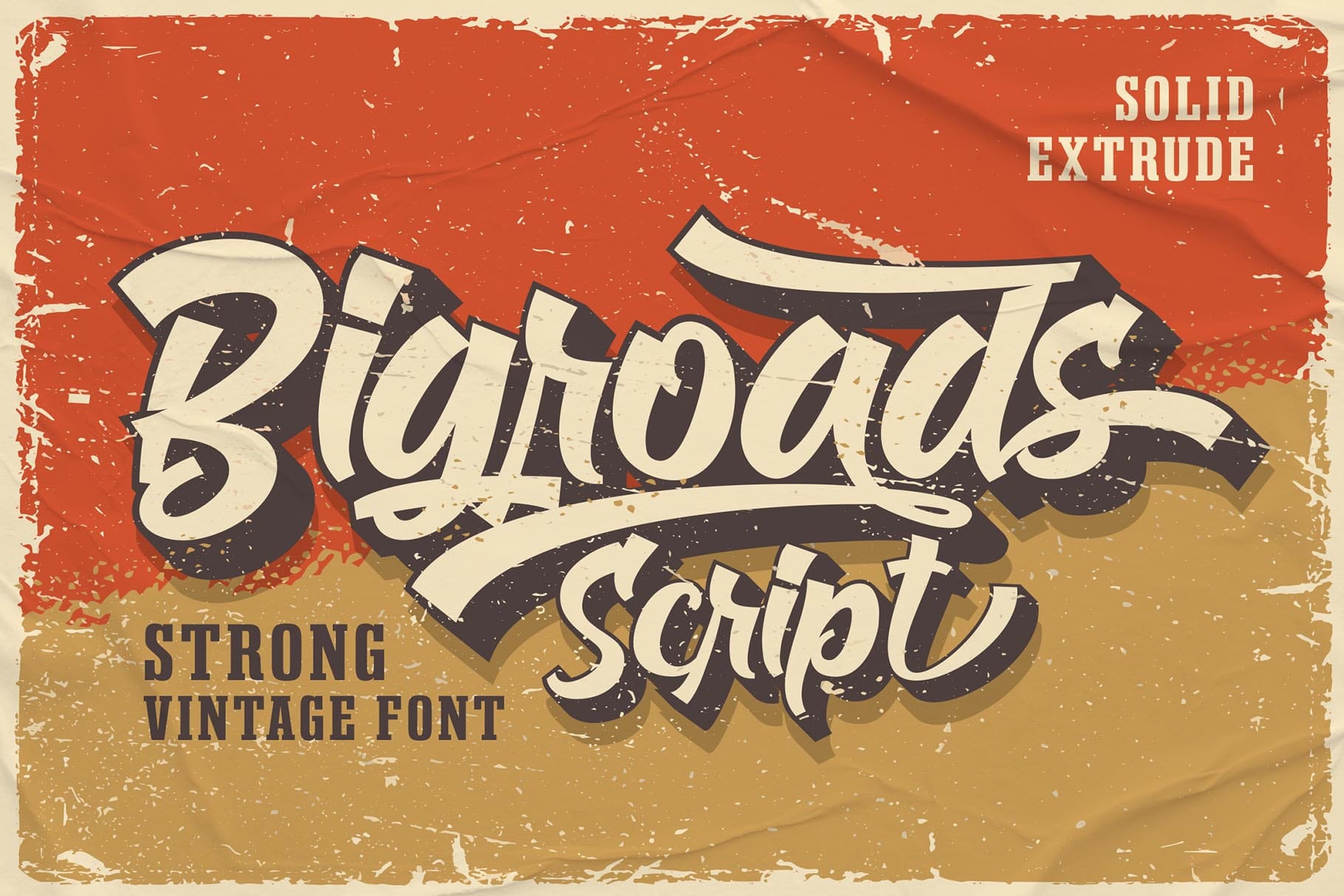
Let’s be honest—clients don’t just want design, they want vision. That’s why moodboards are still one of the most powerful tools in a designer’s process. But building one from scratch? Time-consuming. That’s where AI steps in.
Designers are now using AI to generate client moodboards that not only look cohesive, but also communicate brand emotion in record time. Whether you’re a freelancer or a studio owner, it’s time to evolve.
Also Read: Fonts That Sell: Make Your Etsy Shop Stand Out
Some of the most useful AI-powered tools to generate moodboards include:
Using any of these can slash your pre-design time by half.
External source: 99Designs on AI Moodboards reports that AI-powered tools are helping designers improve clarity and approval rates by over 35%.
Also Read: How to Make Money from Fonts in Your Sleep (Passive Income Guide)

Before you touch any tool, revisit the client brief. Input clear keywords that represent mood, tone, and audience. Tools like ChatGPT can help rephrase emotional keywords for better AI prompts.
Use tools like Krea.ai, RunwayML, or Canva AI to build the base imagery. Focus on theme coherence and emotion triggers. This is where the keyword how designers use AI to generate client moodboards plays out in real-time.
Plug your results into tools like Coolors or Khroma to develop a dynamic color system. Add Figuree Studio fonts like:
These fonts help visualize how typography can shape the mood early on—perfect for brand owners seeking that “click” moment.


At Figuree Studio, we started experimenting with AI-powered moodboards in late 2024. One thing became clear fast:
“AI won’t replace designers. But designers who use AI will replace those who don’t.”
— Adapted from Tom Preston-Werner
One of our first client experiments involved a children’s food brand. We used a combo of Kidos Marker and Magic Dreams fonts from our catalog to set the playful tone. With just a few refined prompts and layout adjustments, we presented a full AI-generated moodboard in under 2 hours—and the client approved it instantly.
Here’s our usual process:
The result? Faster approvals, clearer visual direction, and more time for creative storytelling.
Fonts in a moodboard are more than decoration—they set the voice. Before you present a full mockup, fonts help your client feel the emotion of their brand.
Here are some fonts that consistently elevate our moodboards:
Choosing the right font isn’t just an aesthetic choice—it’s a strategic decision to align brand tone before a single layout is designed.

“Design is not just what it looks like and feels like. Design is how it works.”
— Steve Jobs
You’re not just making a moodboard. You’re painting a vision. With AI and the right fonts, your ideas don’t just look good—they resonate.
 Bigroads - Layered Retro Font
$21 – $1,299Price range: $21 through $1,299
Bigroads - Layered Retro Font
$21 – $1,299Price range: $21 through $1,299 Vuldra – Graffiti Halloween Font
$21 – $1,299Price range: $21 through $1,299
Vuldra – Graffiti Halloween Font
$21 – $1,299Price range: $21 through $1,299 Keanon – Modern Expanded Font
$30 – $1,499Price range: $30 through $1,499
Keanon – Modern Expanded Font
$30 – $1,499Price range: $30 through $1,499
Elevate your projects with premium freebies. Fonts, graphics, and templates handpicked for creators like you — download them all today, free forever.
Download Freebies